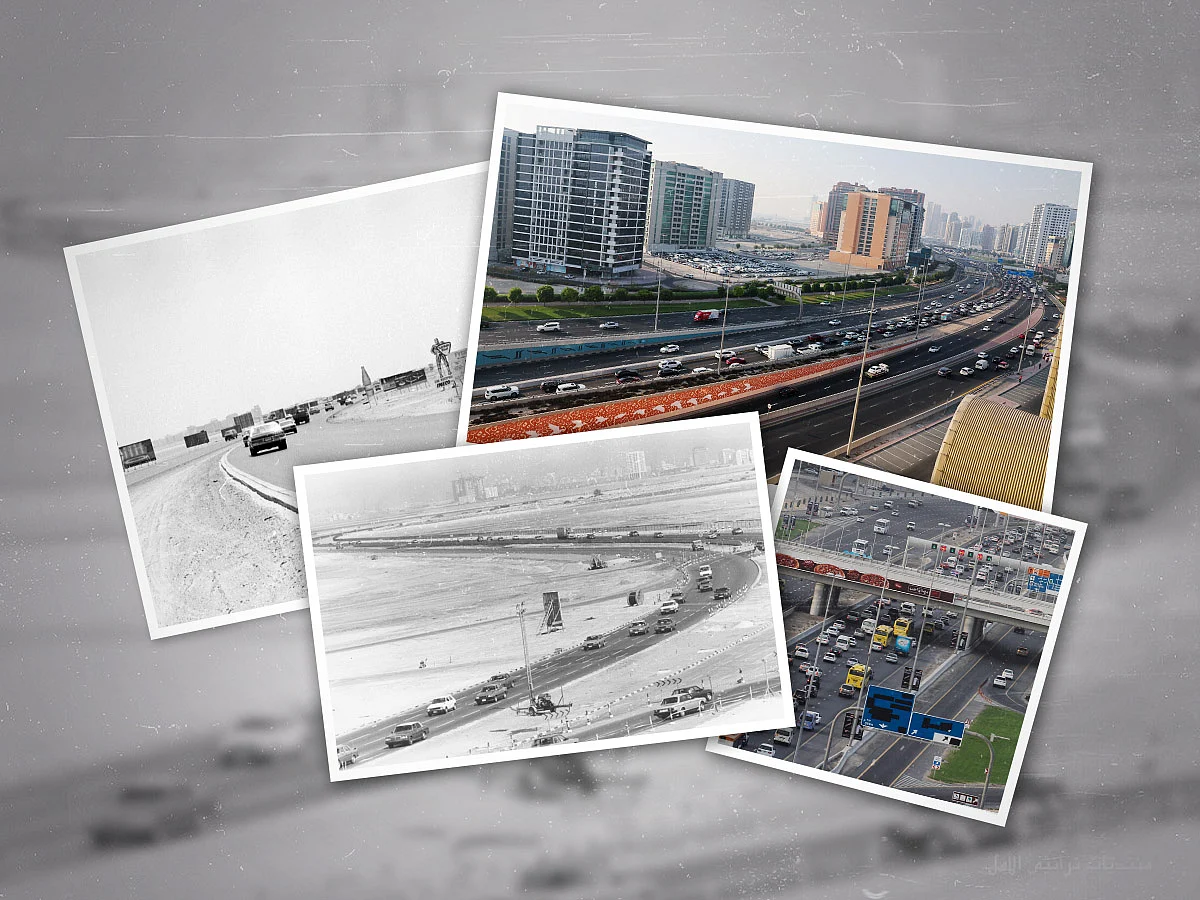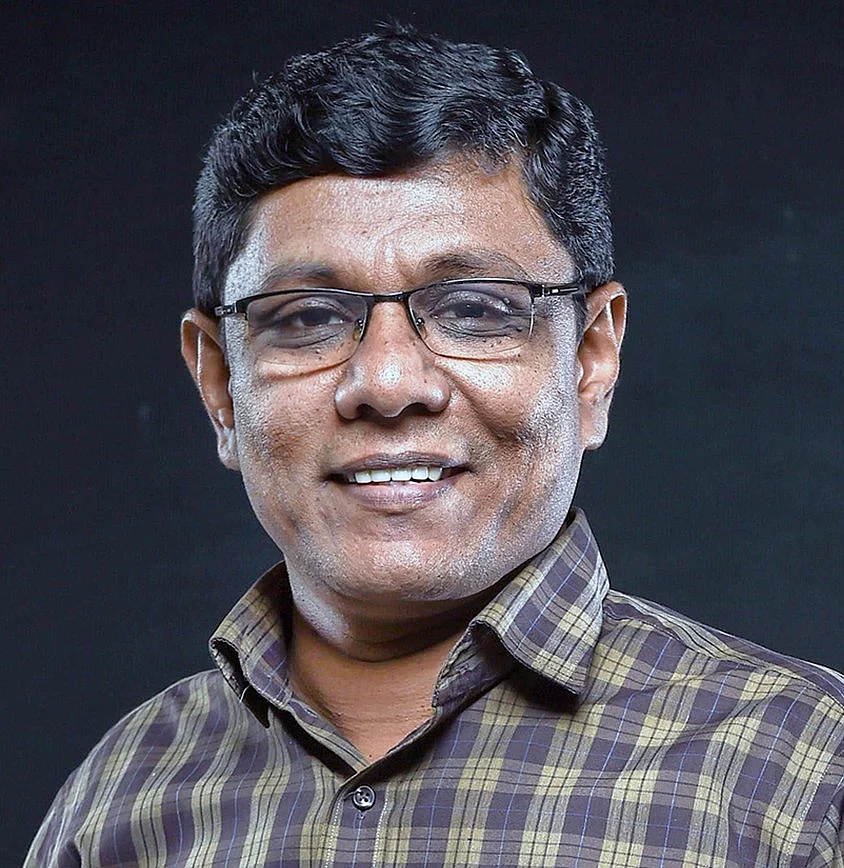Al Ittihad Road: Dubai-Sharjah's main artery – A visual journey
Major expansions and upgrades have kept pace with rising traffic

Initially, Al Ittihad Road was a simple connector designed to handle limited traffic with minimal infrastructure. In the early stages of Dubai's urbanization, major road projects, such as Al Ittihad, were not a priority. Dubai's cityscape was still taking shape, and much of the focus was on more immediate developments. However, as Dubai experienced rapid growth, the demand for an efficient transportation network surged. Al Ittihad Road quickly emerged as a crucial link between the emirates of Dubai and Sharjah, cementing its role as a vital transportation artery.
The road's transformation reflects the city's exponential expansion. As Dubai's skyline grew taller and its economy flourished, Al Ittihad Road underwent a series of widening, upgrades, and modernization projects. These efforts were crucial in accommodating the rising traffic and catering to the increasing number of commuters travelling between the two emirates. Today, Al Ittihad Road stands as a modern, well-maintained highway, a central fixture in the daily lives of thousands of people.
Serving as a critical lifeline for commuters, the road continues to embody the UAE's remarkable growth. Connecting Dubai with Sharjah plays a key role in fostering economic and social ties between the two cities. Al Ittihad, also known as E11, remains one of Dubai's busiest and most significant highways, and its ongoing evolution is a testament to the region's constant development.
With its strategic importance and cutting-edge infrastructure, Al Ittihad Road serves as a symbol of the UAE's rapid urbanization and its vision for the future. As both cities continue to grow, this iconic road will remain an enduring connector, helping to shape the region's future for years to come.
Sign up for the Daily Briefing
Get the latest news and updates straight to your inbox
Network Links
GN StoreDownload our app
© Al Nisr Publishing LLC 2026. All rights reserved.
